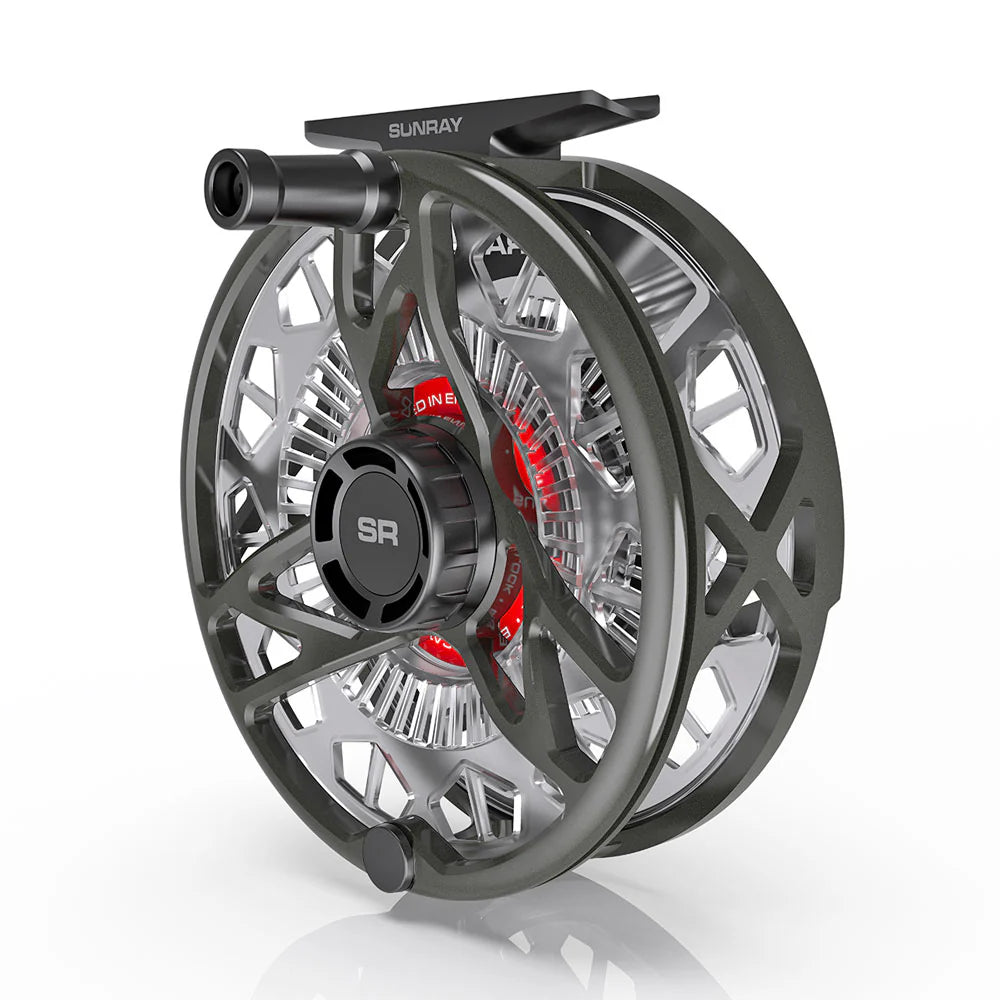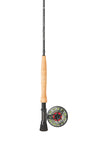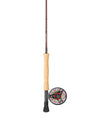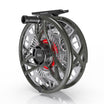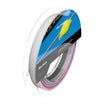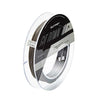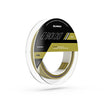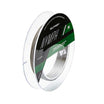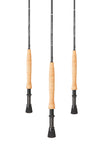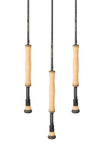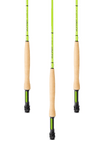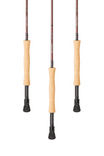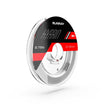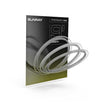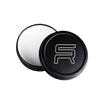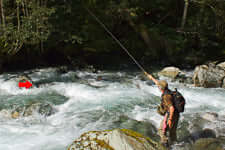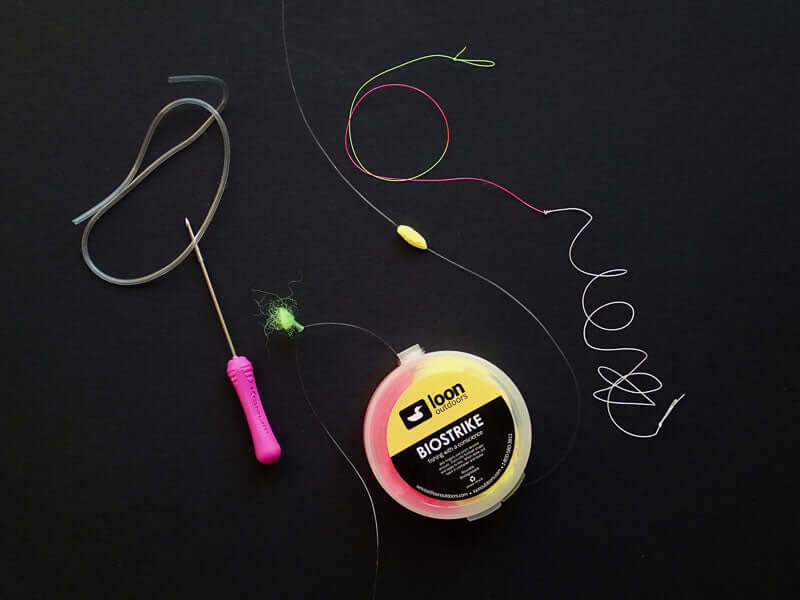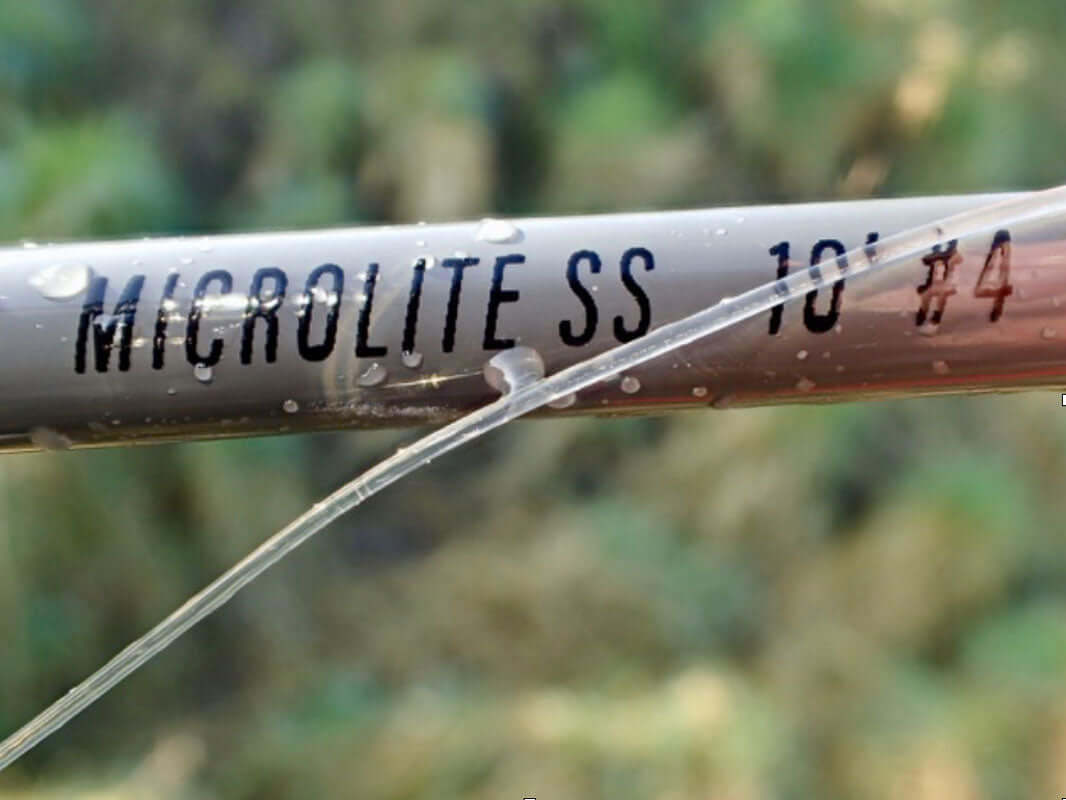Article by David Southall
For many years I was a lover of short light-line rods for virtually all of my fly fishing. In the late 1960s I even used a 7’ 4/5 weight rod built from a Hardy’s Fibatube glass fiber blank for pike fly fishing on a local canal where most pike were under 7lb, whilst in the late 1990s I still used the same rod when fishing for small still water rainbows. However, over the last 20 years I have found myself fishing more & more with long rods (conventional ‘western rods’ of 10’ to 12’ & Tenkara rods of 11’ to 14’ 6”). I sometimes still fish with very short rods, including a couple of cane rods, one a 5’ single piece 3 weight & the other a 6’ 2 piece 3 weight.
So why have I changed & what are the pros & cons of short & long rods?
Short rod advantages:
- Short rods are light & a joy to handle.
- Short rods are ideal for fishing in heavily overgrown small streams where casting room is limited.
- Short rods with a suitable action are ideal for the Italian Style of dry fly casting.
- Short rods are less affected by strong winds when casting into the wind.
- Short rods are less likely to scare fish when they are ‘waved about’.
- Short rods are generally cheaper than longer rods in the same range.
Long rod advantages:
- Long rods give far better line control. It is easier to perform Reach casts & to mend line post cast with a long flexible rod. When high sticking & Euronymphing it is far easier to hold line off the water & any rogue currents with a long rod, particularly with the very long Tenkara rods. Furthermore the relatively direct contact between rod tip & fly with a long, light-line rod & especially with Tenkara gear makes subtle manipulations of both dry flies & nymphs to induce fish to take much easier.
- Long rods require less precise timing during some styles of casting because they can more easily pick up any slack that is present in the back-cast if the forward cast is made a little too early or too late or if there are tracking errors.
- They also facilitate a longer casting stroke so are capable of producing longer casts more easily as long as the rod action is suitable for long casts.
- Long flexible rods are better able to buffer sudden shock loads such as those exerted by a bolting fish at short range.
- They are capable of picking up more slack during the strike so are better for hooking fish at long distance or if there is a lot of slack in the system to delay drag or due to poor line control by the angler.
When I first started fly fishing in the mid 1960s there was no such thing as a fast actioned fly rod & fiberglass was just starting to take over from bamboo as a rod making material. From the mid 1970s till 1998 I had a break from fishing, having become enthralled by rock climbing, ice climbing, mountaineering & then mountain-biking. On my return to fly fishing I discovered that the big trend was for stiff, fast action carbon fiber rods. I never fully took to them, although the rods that I bought were certainly faster actioned than my old cane rod & fiberglass rods. In recent years I have tended to move back to softer, more progressive actioned rods for my fly fishing. So what do I see as being the advantages of each type of rod?
Advantages of stiff fly rods:
- Stiff rods will cast very long lines & heavy lines since they don’t buckle under the heavy loading.
- Stiff, fast actioned rods will cast a very tight loop if the caster is capable which helps when distance casting or casting into the wind.
- Stiff, fast actioned rods are far less likely to generate tailing loops if the caster fails to smoothly accelerate the rod.
- Stiff rods teamed up with strong tippets are great for bullying big fish away from snags. In tight situations big fish can sometimes reach nearby snags just on the bend of a soft rod.
Advantages of soft rods:
- Soft rods load more easily than stiff ones so are great for fishing at close range where little fly line (sometimes just the leader) is outside the rod tip. They will also more easily cast lines of 1 or 2 weights lighter than the line weight that they are designated for (I use lines from 0 weight to 4 weight on my Sunray Microlite 10’ 4 weight rod).
- They are far more protective of light tippets during the strike or when big fish bolt or thrash under the rod top whilst being netted.
- Some modern soft rods such as the Sunray Microlite series are both fast actioned & soft. As a result they will generate tight loops when required & will handle a wide range of line weights below their quoted line weight. For example I fish the 10’ 4 weight Sunray Microlite successfully with lines from 4 weight down to 0 weight.
- Soft rods are much more fun when playing small fish. However they are capable of landing big fish when required (I’ve successfully played & landed rainbows of just short of 6lb on my Sunray 10’ 6” Zero weight rod & brown trout just short of 4lb on my Sunray 7’ 6” 2 weight Microlite rod).
Rod-choice is a very personal thing, however in my opinion a good rod should be capable of efficiently casting accurately & effortlessly at both short & when necessary long range. It should be capable of protecting the chosen tippet strength from the power surges of a big fish, yet should not seriously overpower the typical size of fish that I catch. It should be as long as possible for the conditions in which I am fishing & it should be a subdued colour with a matt finish to avoid scaring the fish during casting. The new Sunray Microlite rods fit all of these requirements.


